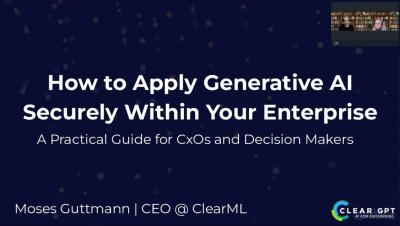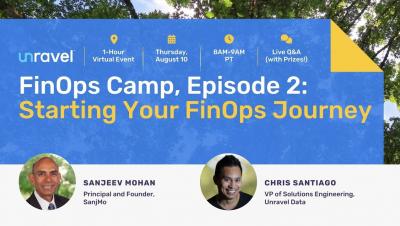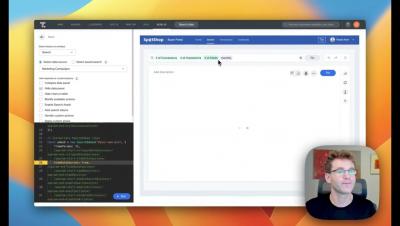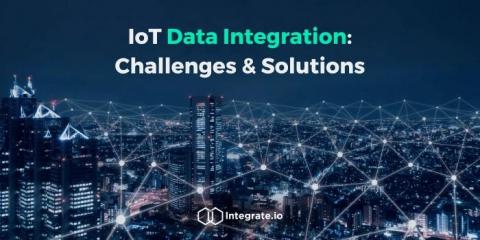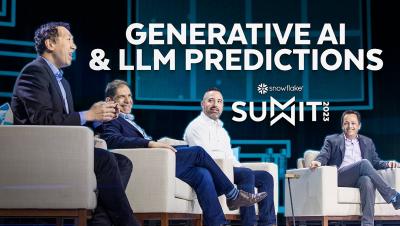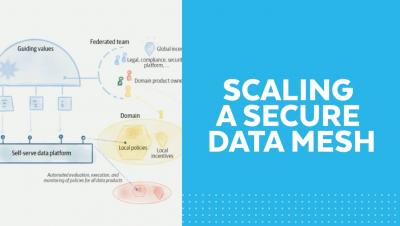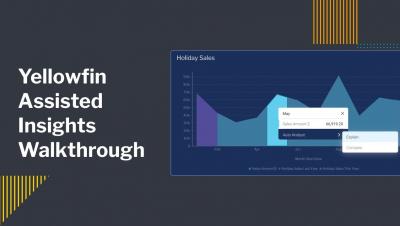Systems | Development | Analytics | API | Testing
Analytics
FinOps Camp, Episode 2: Starting Your FinOps Journey
Part 2 of 4: Building data apps on BigQuery
In part 2 of our 4 part series, SVP of Product Marketing Sean Zinsmeister shares how to build embedded data apps for BigQuery 💥 Follow along at www.developers.thoughtspot.com
More On this series:
Part 1 - https://youtu.be/kWsbZPQByPA
Introducing new SQL functions to manipulate your JSON data in BigQuery
Learn how new SQL functions for BigQuery JSON give you more capabilities in dealing with JSON data.
IoT Data Integration: Challenges and Solutions
Beyond Data-Driven: How Today's Leading Retailers Are Leveraging Insights to Sell Better
Supply chain disruption continues to affect retailers, consumer packaged goods companies (CPGs), and customers. Constraints on the ability to produce goods have limited the availability of in-demand products, leading to inflation. Not only are manufacturers not making enough products in line with demand in industries such as automotive and electronics, at the same time, those products have become much more expensive.


